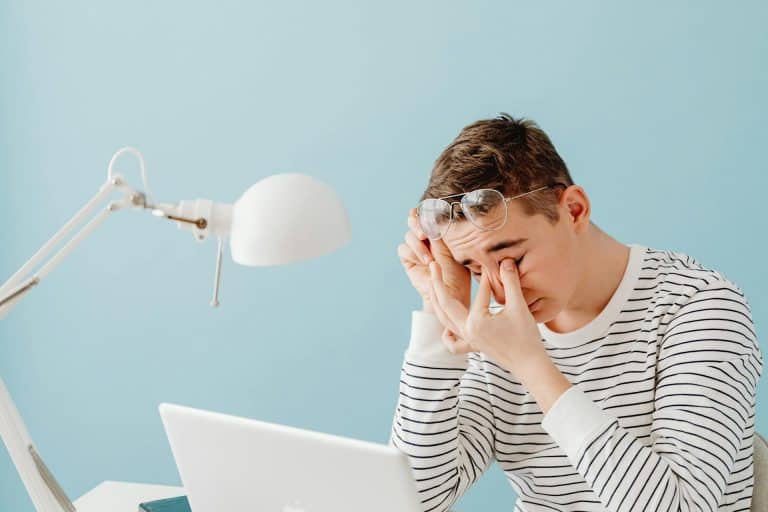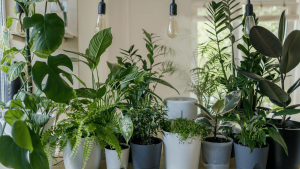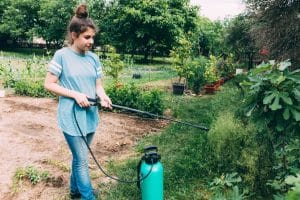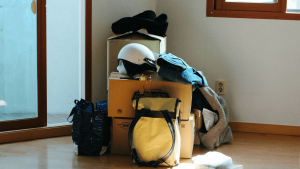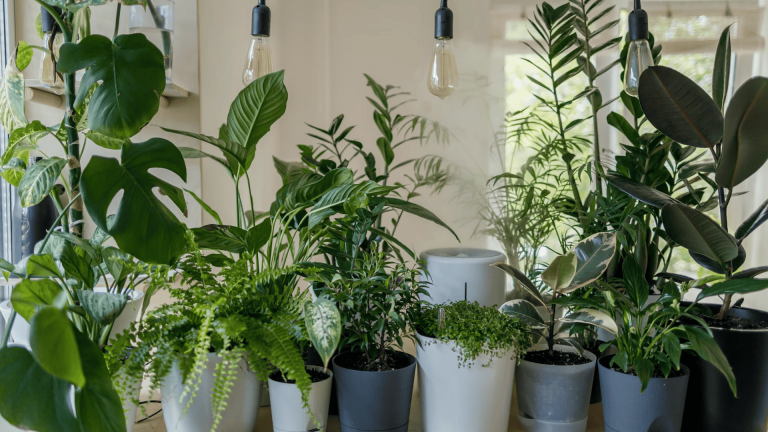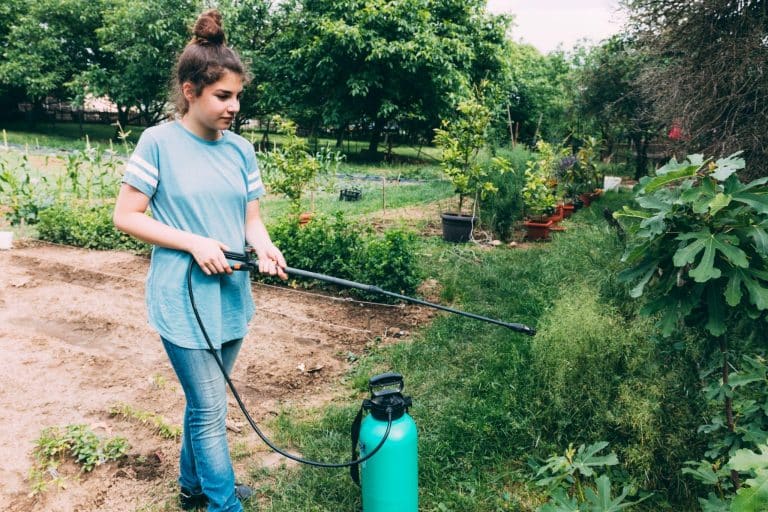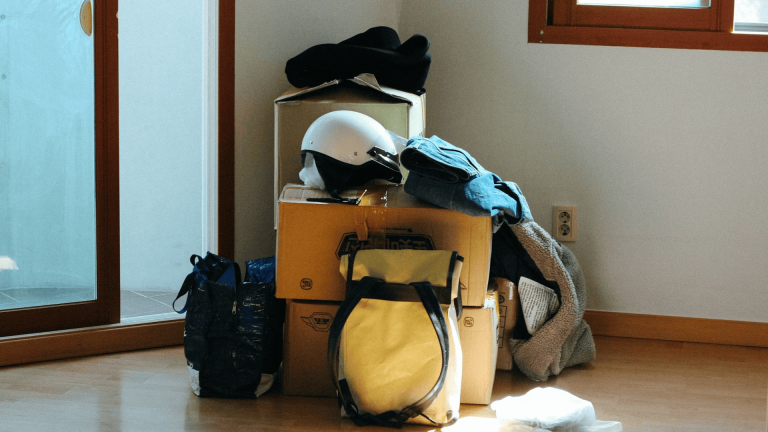There’s nothing more rewarding than rolling up your sleeves and tackling a project at home. Whether you’re fixing a leaky tap, sanding down an old chair, or painting the spare bedroom, the sense of accomplishment is hard to beat. But while most people focus on tools and techniques, few stop to think about protecting their eyes. Hours of concentration, exposure to dust, and poor lighting can leave you with tired, sore, or irritated eyes — a problem that can derail even the most enjoyable DIY day.
The good news is that avoiding eye strain doesn’t require a huge change to your routine. Small adjustments, like taking regular breaks, improving your lighting, and wearing safety glasses from Sydney Tools, can make a big difference. Let’s look at some simple, practical ways to keep your eyes protected while you work on your projects.
Why Eye Strain Happens During DIY
Eye strain is often thought of as something caused by screens, but it’s just as common when you’re working around the home. Some of the main reasons include:
- Prolonged focus: Fiddly tasks such as tightening screws or detailed painting can force your eyes to concentrate without rest.
- Dust and particles:Sanding wood, drilling into plaster, or mixing cement all release particles that can irritate your eyes.
- Poor lighting: Dim corners or overhead glare make your eyes work harder to adjust.
- Dry air: Paint fumes or poorly ventilated spaces can dry out your eyes faster than you expect.
When combined, these factors quickly lead to red, watery, or aching eyes.
Simple Adjustments That Make a Big Impact
Improve Your Lighting
Good lighting isn’t just about seeing clearly — it reduces unnecessary strain. Try:
- Adding task lights over benches or work areas.
- Using daylight bulbs for more natural light indoors.
- Avoiding shadows by positioning lights to the side, not directly behind you.
Take Regular Breaks
Just like your muscles, your eyes need rest. A good rule is the 20-20-20 method: every 20 minutes, look at something 20 feet away for 20 seconds. Even stepping back to assess your work can give your eyes a much-needed pause.
Keep Your Workspace Clean
Dust and debris are two of the biggest culprits for irritation. Reduce exposure by:
- Sweeping or vacuuming as you go.
- Using a drop sheet to contain mess.
- Wearing a mask to protect your lungs at the same time.
Stay Hydrated
Eye dryness can worsen strain. Drinking enough water and using artificial tears if necessary keeps your eyes comfortable during longer projects.
Protective Gear That Matters
Of all the steps you can take, protective eyewear is the most effective. Goggles or glasses not only prevent dust and debris from reaching your eyes, but also shield against accidental splashes from paints, solvents, or cleaning products. Look for designs that fit snugly without gaps at the sides and are comfortable enough to wear for extended periods.
It’s easy to underestimate the difference this makes until you’ve had a close call. One stray spark, a puff of sawdust, or a splash of cleaning solution can cause hours or even days of irritation. If discomfort lingers or your vision seems off, a local optometrist (in Costa Mesa, CA) can check that everything is healing as it should. The habit of putting on protective gear before you start is the simplest way to safeguard your eyesight.
Everyday Examples of Eye Strain in Action
Think about these familiar situations:
- You’re repainting a room, and after a couple of hours your eyes start burning from the fumes.
- You’re sanding timber, and a fine cloud of dust seems to coat everything — including your eyelashes.
- You’re crouched under a sink, trying to see small screws with just the kitchen light overhead, and your eyes ache from the effort.
In each case, the strain builds up slowly until you suddenly notice how uncomfortable your eyes feel. With preparation, these issues are entirely preventable.
Building Better Habits for Long-Term Eye Health
The key is consistency. Make protective steps part of your project checklist:
- Tools? Check.
- Materials? Check.
- Eye protection? Always check.
Over time, this mindset ensures you never forget the basics. It also sets a good example for anyone sharing your space, whether that’s family members or kids curious about your projects.
Your eyesight is one of your most valuable assets — protecting it should never be an afterthought.
A Clearer Path to Safer Projects
Home projects should leave you with a sense of achievement, not sore, red eyes. By taking simple precautions — better lighting, cleaner air, regular breaks, and the right protective eyewear — you can focus on the satisfaction of your work rather than the discomfort that follows.
With a little foresight and a few easy adjustments, you’ll keep your eyes safe and sharp, ensuring every project ends on a high note.


